Home>Garden Essentials>How To Care For Astro Turf
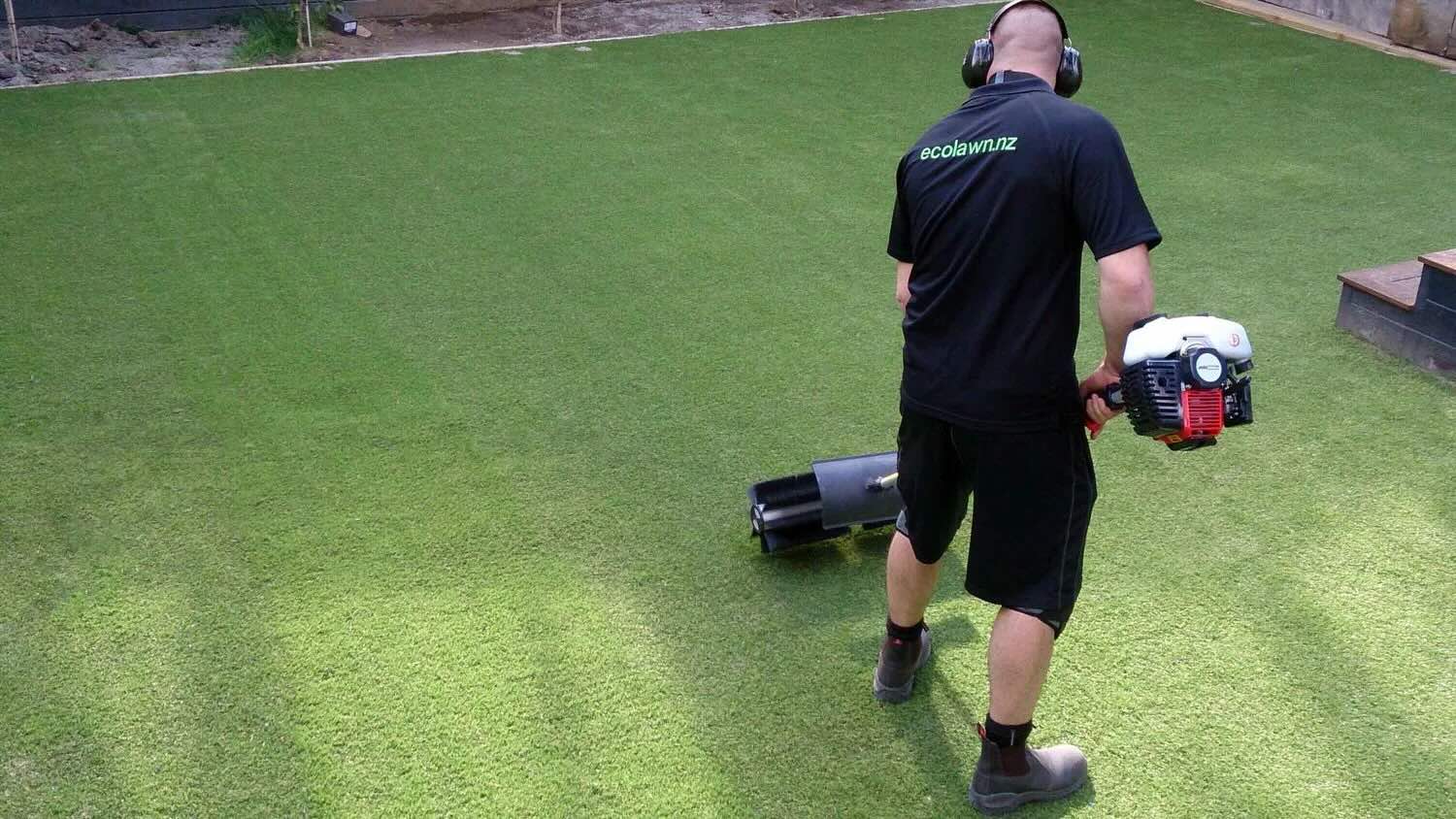

Garden Essentials
How To Care For Astro Turf
Modified: March 7, 2024
Learn how to properly care for your garden's astro turf with our expert tips and advice. Transform your outdoor space with this low-maintenance and durable option.
(Many of the links in this article redirect to a specific reviewed product. Your purchase of these products through affiliate links helps to generate commission for Storables.com, at no extra cost. Learn more)
Introduction
Astro turf, also known as artificial grass, is becoming increasingly popular for its low maintenance and all-season green appearance. Whether you have a small garden, a rooftop terrace, or a backyard sports field, astro turf can be a great alternative to natural grass. However, like any other outdoor surface, it requires proper care and maintenance to ensure its longevity and aesthetic appeal.
In this article, we will explore the importance of caring for astro turf and provide you with valuable tips and techniques to keep it looking its best. From regular cleaning and grooming to addressing stains and repairing damage, we will cover all aspects of astro turf maintenance.
By following these guidelines, you can ensure that your astro turf remains vibrant, clean, and safe for years to come.
Key Takeaways:
- Regular maintenance, including sweeping, rinsing, and gentle scrubbing, keeps astro turf clean and fresh, preventing damage and maintaining its vibrant appearance.
- Promptly addressing stains, managing pet waste, and preventing algae and mildew growth are essential for preserving the beauty and longevity of astro turf.
Read more: How Was Astro Turf Named
Why is caring for astro turf important?
Proper care and maintenance of your astro turf is crucial for several reasons:
- Preserving its appearance: Astro turf is designed to mimic the look and feel of natural grass. Regular maintenance helps to keep it looking lush, green, and well-groomed. Neglecting maintenance can cause the turf to become dull, faded, and unkempt, detracting from the overall appeal of your outdoor space.
- Ensuring durability: While astro turf is engineered to withstand different weather conditions, regular maintenance is necessary to ensure its durability. Without proper care, the turf fibers can become matted or flattened, reducing its ability to bounce back and maintain its natural shape. By regularly brushing and grooming the turf, you can prevent fiber damage and prolong its lifespan.
- Promoting cleanliness and hygiene: Astro turf is often used in high-traffic areas, such as sports fields or backyard play areas. Regular cleaning helps to remove dirt, debris, and allergens that may accumulate on the surface. This not only promotes a cleaner and healthier environment but also reduces the risk of pests and bacteria growth.
- Preventing drainage issues: Astro turf is designed with a specialized backing material that allows for proper drainage. However, if debris, leaves, or other materials clog the drainage holes, it can hinder the turf’s ability to effectively drain water. Regular cleaning and maintenance help to prevent drainage issues and ensure that rainwater or liquid spills flow away properly.
- Protecting your investment: Astro turf is a significant investment that adds value to your property. Proper care and maintenance help protect and prolong your investment, ensuring that it continues to provide aesthetic appeal and functionality for years to come.
By understanding the importance of caring for astro turf, you can prioritize its maintenance and enjoy a beautiful, long-lasting outdoor space.
Understanding the different types of astro turf
Astro turf comes in various types, each with its own unique characteristics and suitability for different applications. Understanding the different types can help you choose the right one for your needs and provide proper care accordingly. Here are some common types of astro turf:
- Nylon: Nylon astro turf is known for its durability and resilience. It can withstand heavy foot traffic and is resistant to wear and tear. However, it is generally more expensive than other types.
- Polypropylene: Polypropylene astro turf is an affordable option that offers good resistance to UV rays and moisture. It is suitable for low-traffic areas such as balconies or small gardens.
- Polyethylene: Polyethylene astro turf has a soft texture and is often used for residential and commercial applications. It provides a natural look and feel and is resistant to fading and UV damage.
- Polyethylene with thatch: This type of astro turf includes a layer of “thatch,” which simulates the brown, dead grass that is found in natural lawns. It enhances the realistic appearance of the turf and adds to its overall aesthetics.
- Pet-friendly: Some astro turf options are specifically designed for pets. They are made with materials that are resistant to staining and odor absorption, making them easy to clean and maintain when dealing with pet waste.
When caring for astro turf, it is important to consider the specific requirements and limitations of the type you have installed. Refer to the manufacturer’s guidelines for cleaning and maintenance instructions to ensure you are providing the appropriate care for your specific astro turf type.
By understanding the different types of astro turf and their characteristics, you can make an informed decision when choosing the right turf for your needs and maintain it properly to enjoy its benefits for years to come.
Regular cleaning and maintenance
Regular cleaning and maintenance are essential for keeping your astro turf looking its best. Here are some key steps to incorporate into your maintenance routine:
- Sweep or rake: Use a stiff broom or rake to remove loose debris, such as leaves, twigs, and dirt. This will prevent them from settling into the turf and potentially causing damage.
- Hose down: Use a garden hose to spray down the astro turf surface. This will help remove any remaining dirt or dust particles. Ensure that you are using a gentle, low-pressure spray to avoid damaging the turf fibers.
- Use mild detergent: For more stubborn stains or dirt buildup, you can mix a mild detergent with warm water and gently scrub the affected areas using a soft-bristle brush. Rinse thoroughly afterward to remove any soap residue.
- Consider artificial turf cleaners: There are specialized artificial turf cleaners available in the market that can be used to address tough stains or odors. Follow the manufacturer’s instructions and recommendations when using these products.
- Inspect for damage: Regularly inspect your astro turf for any signs of wear, tear, or damage. Look for loose seams, frayed edges, or areas where the turf fibers have flattened or become matted. Address any issues promptly to prevent further damage.
- Be cautious with heat: Avoid placing hot objects, such as barbeques or portable heaters, directly on the astro turf surface. The heat can cause the turf fibers to melt or become damaged.
- Minimize smoking: If you are a smoker, try to avoid smoking on the astro turf. Cigarette burns can permanently damage the turf and spoil its appearance.
By incorporating these regular cleaning and maintenance practices into your routine, you can keep your astro turf clean, fresh, and free from debris, ensuring its longevity and aesthetic appeal.
Removing debris and leaves
Regularly removing debris and leaves from your astro turf is crucial to maintain its pristine appearance and prevent potential damage. Here are some effective methods to remove debris efficiently:
- Broom or rake: Using a stiff broom or rake, gently sweep the surface of the astro turf to remove leaves, twigs, and other small debris. Work in a systematic manner, starting from one end and moving towards the other, ensuring you cover the entire area.
- Leaf blower: If you have a large area with an excessive amount of leaves, a leaf blower can be a handy tool. Use it on a low setting to blow away the leaves without causing damage to the turf fibers.
- Vacuum cleaner: For smaller debris like dust or dirt, a vacuum cleaner with a brush attachment can be an effective tool. It can easily pick up fine particles without causing any damage to the turf. Ensure that the vacuum cleaner is set to the appropriate suction level to avoid pulling up the turf fibers.
- Artificial turf groomer: An artificial turf groomer, sometimes called a power broom, can help you remove debris more effectively. It agitates the turf fibers and lifts any embedded particles, making it easier to sweep them away.
- Regular maintenance schedule: Establishing a regular maintenance schedule for debris removal is essential to keep your astro turf free from clutter. Depending on your location and the surrounding environment, you may need to schedule cleaning sessions weekly or bi-weekly.
It’s important to promptly remove debris from the astro turf to prevent it from decomposing and causing potential issues. Leaves, in particular, can retain moisture and create a breeding ground for mold and mildew if not dealt with promptly.
By incorporating these methods into your maintenance routine and keeping the astro turf free from debris and leaves, you can maintain its cleanliness, prevent damage, and ensure a visually appealing outdoor space.
Read more: How To Cut Astro Turf
Brushing and grooming the astro turf
Regular brushing and grooming of your astro turf is essential for maintaining its natural appearance and ensuring its longevity. Here’s why brushing is important and how you can effectively groom your turf:
Why is brushing important?
Over time, foot traffic and outdoor elements can cause the turf fibers to become compressed or flattened. Regular brushing helps to lift the fibers, restore their upright position, and prevent matting. It also helps to distribute infill materials evenly throughout the turf, ensuring proper cushioning and support.
How to groom the astro turf:
- Use a stiff broom or brush: Begin by using a stiff broom or brush with bristles made specifically for astro turf. This will help to loosen any debris or dirt that may be trapped within the turf fibers.
- Brush against the grain: Brush against the natural grain of the turf to lift the fibers and restore their upright position. This will give the turf a more natural and vibrant appearance. Pay extra attention to high-traffic areas that may require more frequent brushing.
- Brush in different directions: Vary the direction of your brushing to ensure that all areas of the turf are properly groomed. This will help prevent any sections from becoming flattened or compacted over time.
- Avoid excessive brushing: While regular brushing is important, it’s important not to overdo it. Excessive brushing can cause unnecessary wear and tear on the turf fibers. Aim for a moderate and consistent brushing routine.
By incorporating regular brushing and grooming into your astro turf maintenance routine, you can restore its natural appearance, prevent matting and compacting, and ensure optimal performance and longevity.
Regularly brush and rake the astro turf to prevent matting and maintain its appearance. This will also help to distribute infill and keep the turf looking fresh.
Preventing and removing stains
Stains on astro turf can be unsightly and detract from its overall appearance. To keep your turf looking clean and fresh, it’s important to take preventative measures and promptly address any stains that may occur. Here are some tips for preventing and removing stains:
Preventing stains:
- Act quickly: As soon as a spill or accident occurs on the astro turf, act quickly to prevent the stain from setting in. The longer a stain sits, the more difficult it can be to remove.
- Blot, don’t rub: If a liquid spill occurs, gently blot the area with a clean cloth or paper towel. Avoid rubbing the stain, as it can spread the liquid and push it deeper into the turf fibers.
- Use protective mats: Place protective mats or rugs in high-traffic areas where spills are more likely to occur. This can help prevent direct contact between potential staining agents and the astro turf.
- Be cautious with food and drinks: When enjoying food or beverages on the astro turf, be mindful of potential staining agents such as red wine, coffee, or oily foods. Use trays or coasters to prevent direct contact between these substances and the turf.
- Keep chemicals away: Avoid using any harsh cleaning chemicals, solvents, or bleach on the astro turf, as they can cause discoloration or damage the fibers. Stick to gentle and non-abrasive cleaning solutions.
Removing stains:
- Gentle cleaning solution: For most stains, a mixture of mild dish soap or laundry detergent and warm water can be effective. Apply the solution to the stained area and gently scrub with a soft brush. Rinse thoroughly with water and blot dry.
- Baking soda paste: For tougher stains, such as oil or grease, you can make a paste of baking soda and water. Apply the paste to the stain, let it sit for a few minutes, and then gently scrub with a soft brush. Rinse thoroughly and blot dry.
- Specialized turf cleaners: In some cases, you may need to use specialized astro turf cleaners that are designed to remove specific stains or odors. Follow the manufacturer’s instructions carefully when using these products.
By taking preventative measures and promptly addressing stains, you can keep your astro turf looking clean and vibrant, enhancing the overall aesthetics of your outdoor space.
Dealing with pet waste
If you have pets, it’s important to have a plan in place to deal with their waste on your astro turf. Proper management of pet waste will help maintain a clean and odor-free environment. Here are some tips for dealing with pet waste:
- Pick up waste regularly: It’s important to pick up your pet’s waste as soon as possible to prevent it from seeping into the turf and causing stains or odors. Use a waste bag or pooper scooper to carefully remove the waste.
- Dispose of waste properly: Place the collected waste in a sealed plastic bag and dispose of it in a designated waste bin or follow your local regulations for pet waste disposal.
- Rinse the area: After removing the waste, rinse the affected area of the astro turf with water to dilute any remaining residue and prevent odor buildup.
- Use enzyme-based cleaners: Enzyme-based cleaners are specifically formulated to break down organic matter, including pet waste. Apply an enzyme-based cleaner to the affected area according to the manufacturer’s instructions to eliminate any residual stains or odors.
- Consider artificial turf deodorizers: There are artificial turf deodorizers available that can help control odors caused by pet waste. These products can be sprinkled onto the turf and have odor-neutralizing properties.
- Train your pets: Properly train your pets to use a designated area for their bathroom needs. This can help minimize the spread of waste on the astro turf and make cleanup more manageable.
- Regular maintenance: Incorporate regular maintenance into your routine, including brushing or raking the astro turf to prevent waste buildup and periodically deep cleaning the turf to ensure thorough sanitation.
By implementing these strategies for dealing with pet waste, you can maintain a clean and fresh astro turf, minimizing the impact of pet-related issues.
Addressing algae and mildew growth
Algae and mildew can occasionally pose a challenge for astro turf, especially in areas with high humidity or poor drainage. These growths can cause discoloration and create an unsightly appearance. Here are some steps to address algae and mildew growth:
- Regular cleaning: Regularly clean your astro turf to prevent the buildup of dirt and debris, which can create a favorable environment for algae and mildew growth. Remove any leaves, organic matter, or other items that may contribute to moisture retention.
- Promote proper drainage: Ensure that your astro turf has proper drainage by regularly inspecting and maintaining the drainage system. This will help avoid water pooling on the surface, which can encourage the growth of algae and mildew.
- Remove excess moisture: If you notice areas of excess moisture on the astro turf, use a towel or absorbent material to soak it up. This will help prevent the growth of algae and mildew in those areas.
- Vinegar solution: A solution of white vinegar and water can be an effective natural remedy for addressing algae and mildew growth. Mix equal parts of white vinegar and water and apply the solution to the affected areas. Gently scrub the surface with a soft brush and rinse thoroughly with water. Repeat the process if necessary.
- Commercial disinfectants: There are commercial disinfectants and algae/mildew removers available specifically for astro turf. Follow the manufacturer’s instructions carefully when using these products to ensure safe and effective application.
- Sunlight exposure: If possible, expose the affected areas of the astro turf to direct sunlight. Algae and mildew thrive in damp and shaded environments, so sunlight can help inhibit their growth.
- Maintain good air circulation: Poor air circulation can contribute to the growth of algae and mildew. Trim back any vegetation or obstacles that may obstruct airflow around the astro turf.
By incorporating these practices into your maintenance routine and promptly addressing algae and mildew growth as soon as it appears, you can maintain a clean and vibrant astro turf free from unsightly discoloration.
Read more: What Are The Alternatives To Astro Turf?
Repairing and replacing damaged astro turf
Over time, astro turf may experience wear and tear or sustain damage due to various factors such as heavy foot traffic, extreme weather conditions, or accidental incidents. It’s important to address these issues promptly to prevent further damage and extend the lifespan of your astro turf. Here are some tips for repairing and replacing damaged astro turf:
- Tuft repair: If you notice loose or pulled tufts in your astro turf, they can be repaired by carefully cutting the damaged tuft at the base with a pair of scissors and then replacing it with a new tuft. Ensure that the replacement tuft matches the color and texture of the existing turf.
- Seam repair: If the seams of your astro turf come apart or become loose, use a seam adhesive recommended by the turf manufacturer to reattach them. Clean the area thoroughly, apply the adhesive, and carefully press the seams together. Allow time for the adhesive to dry completely before resuming regular use of the turf.
- Patch repair: If you have a localized area of damage, such as a burn or tear, it can be patched using a replacement piece of astro turf. Cut out a matching piece of turf from an inconspicuous area or use a spare piece if available. Clean the damaged area and apply a turf adhesive or heavy-duty double-sided tape to secure the patch in place. Gently brush the surrounding turf fibers to ensure a seamless look.
- Professional repair: For extensive damage or repairs beyond your expertise, it is advisable to seek help from professional astro turf repair services. They have the necessary knowledge, tools, and expertise to handle complex repair situations and ensure a seamless and long-lasting result.
- Replacing the entire turf: If your astro turf is severely damaged or has reached the end of its lifespan, replacement may be the best option. Consult with a reputable astro turf supplier or installer to discuss your needs and choose a suitable replacement turf that matches your requirements.
Regular inspection and maintenance can help identify any potential issues with your astro turf early on, allowing you to address them promptly and prevent further damage. By following these repair and replacement tips, you can keep your astro turf in optimal condition and enjoy its benefits for years to come.
Conclusion
Astro turf provides a low-maintenance alternative to natural grass, offering a lush and vibrant outdoor space all year round. However, to keep your astro turf looking its best and ensure its longevity, proper care and maintenance are essential.
Regular cleaning and maintenance, such as sweeping, rinsing, and gentle scrubbing, help keep the turf clean and fresh. Removing debris and leaves promptly prevents them from causing damage or blocking drainage. Addressing stains promptly and using appropriate cleaning solutions maintain the beauty of the turf’s appearance.
For pet owners, managing pet waste is crucial. Regularly picking up waste and rinsing the area prevents stains, odors, and potential health hazards. Additionally, taking preventative measures, such as using protective mats and training pets, can further minimize issues.
Algae and mildew growth can be tackled by maintaining good drainage, proper cleaning practices, and using vinegar solutions or commercial disinfectants when needed. Regular brushing and grooming restore the turf’s natural appearance and prevent matting and compaction.
When repairs are necessary, addressing loose tufts, loose seams, or localized damage promptly helps maintain the turf’s integrity. In some cases, professional repairs or replacing the entire turf may be necessary.
By following these guidelines and incorporating them into your regular maintenance routine, you can enjoy a beautiful and long-lasting astro turf. Remember to consult the manufacturer’s instructions and seek professional assistance when needed. With proper care, your astro turf will continue to provide a vibrant and lush outdoor space for gatherings, activities, and relaxation for years to come.
Frequently Asked Questions about How To Care For Astro Turf
Was this page helpful?
At Storables.com, we guarantee accurate and reliable information. Our content, validated by Expert Board Contributors, is crafted following stringent Editorial Policies. We're committed to providing you with well-researched, expert-backed insights for all your informational needs.
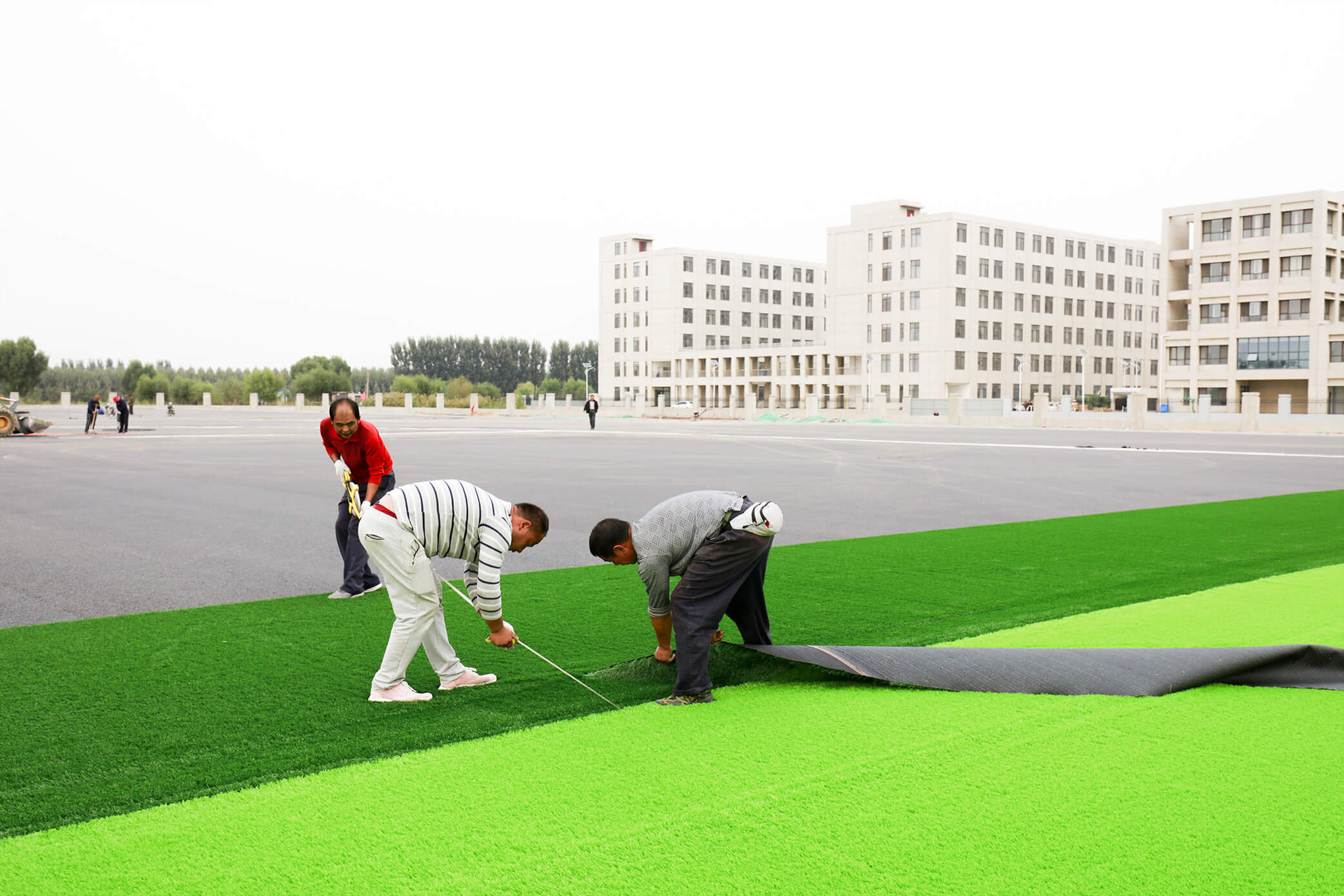
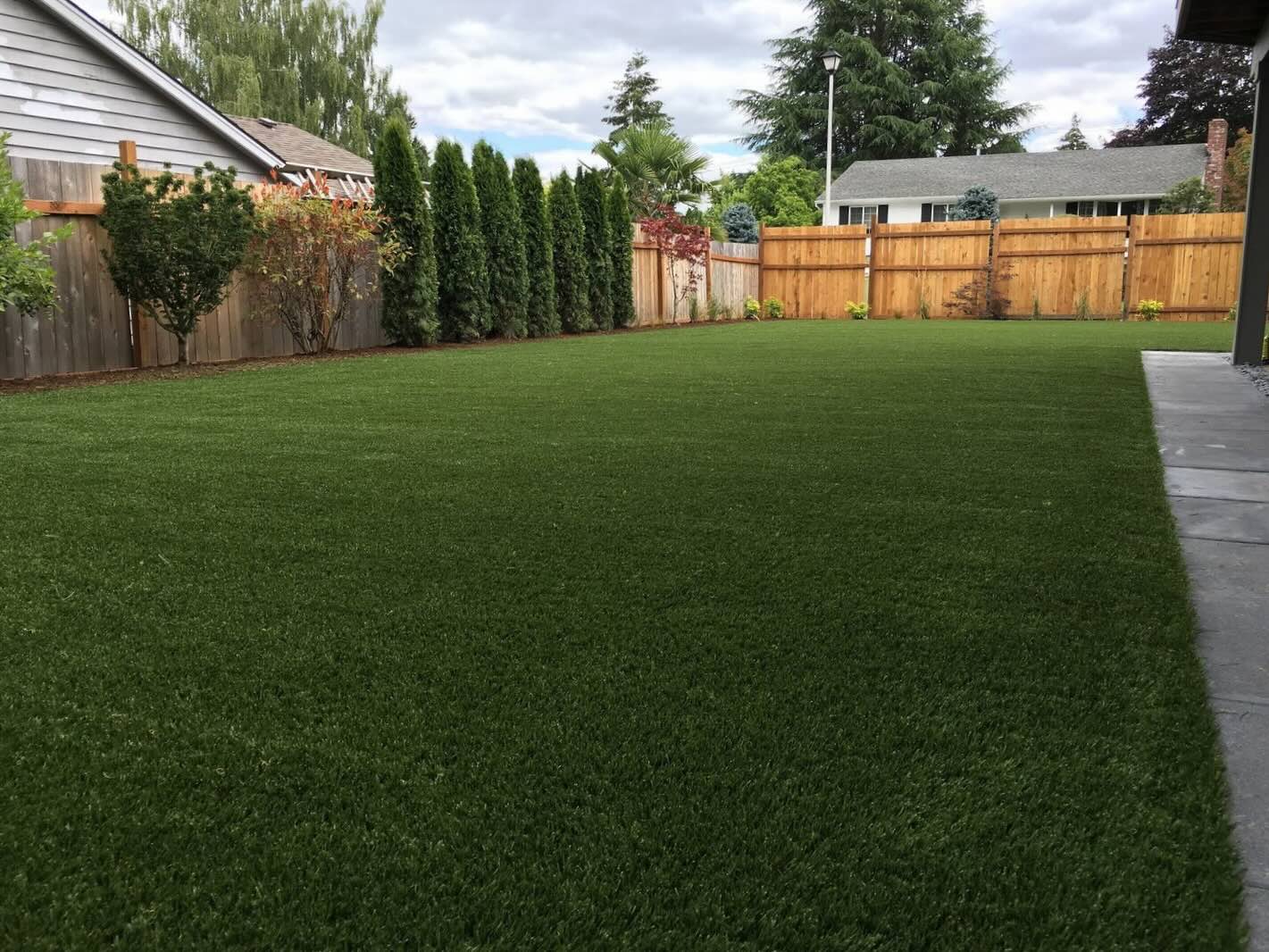
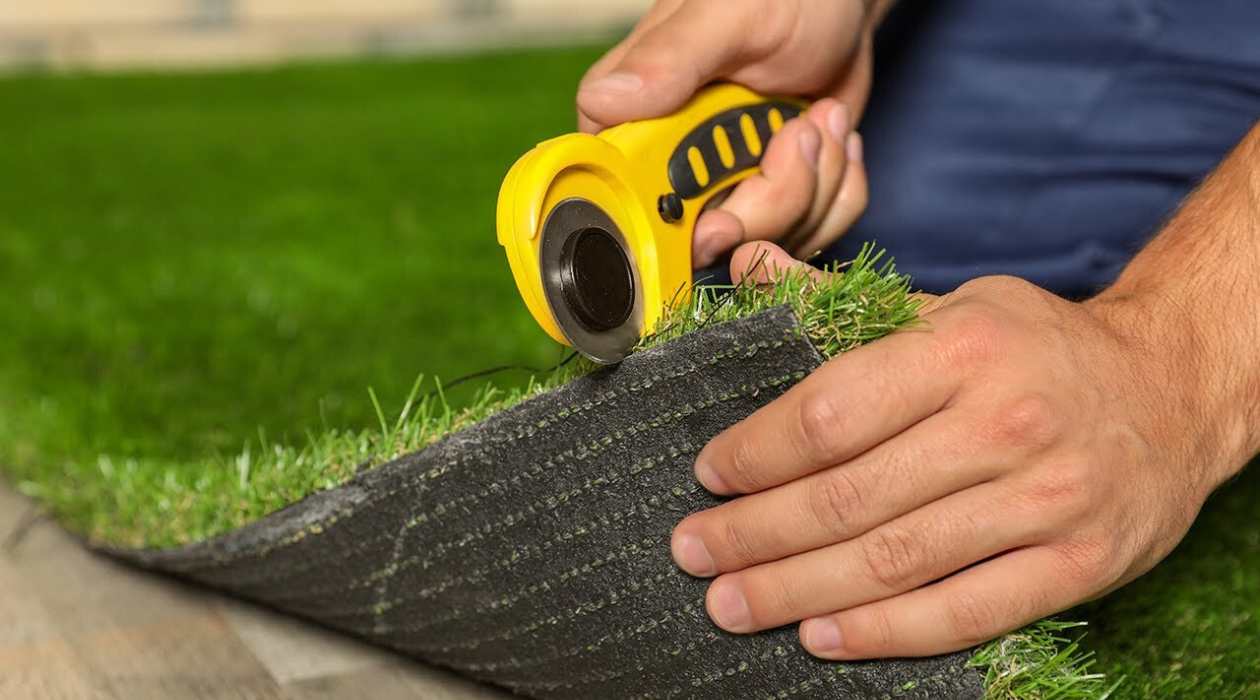
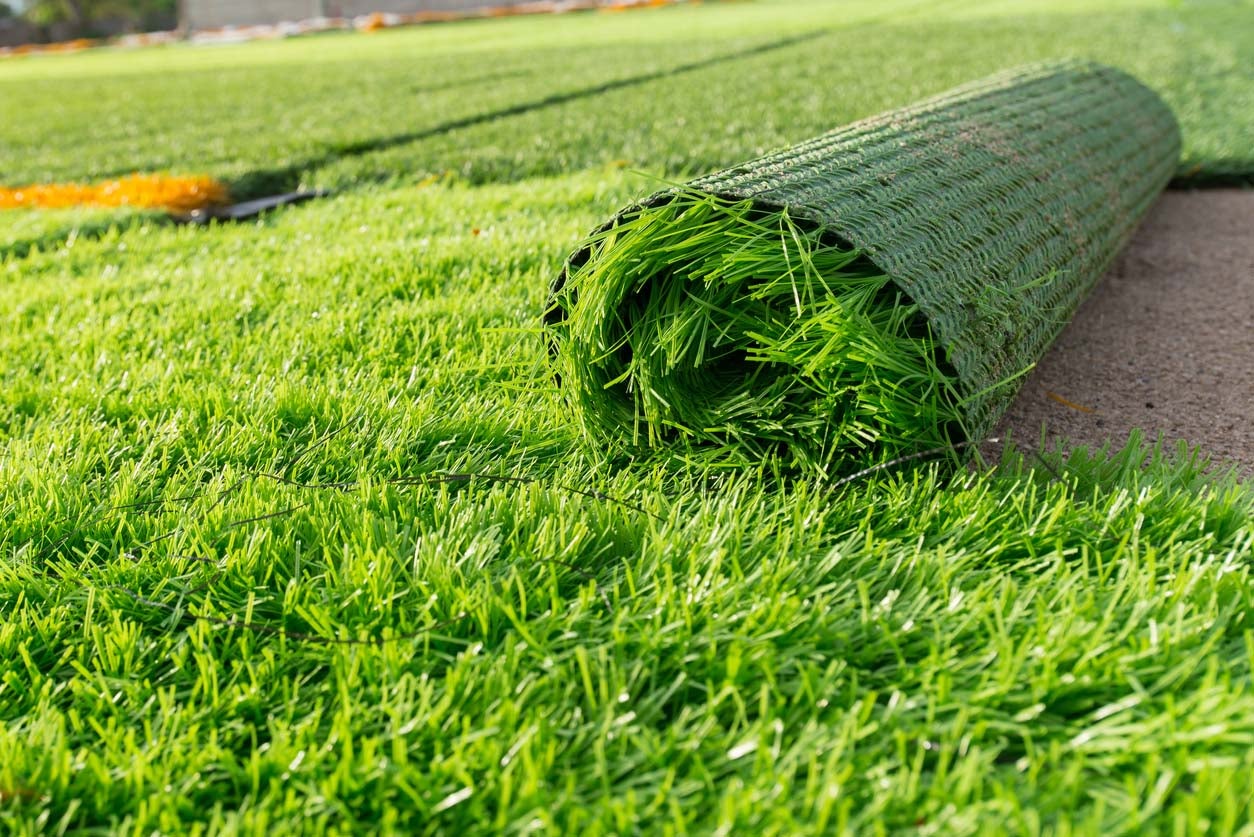
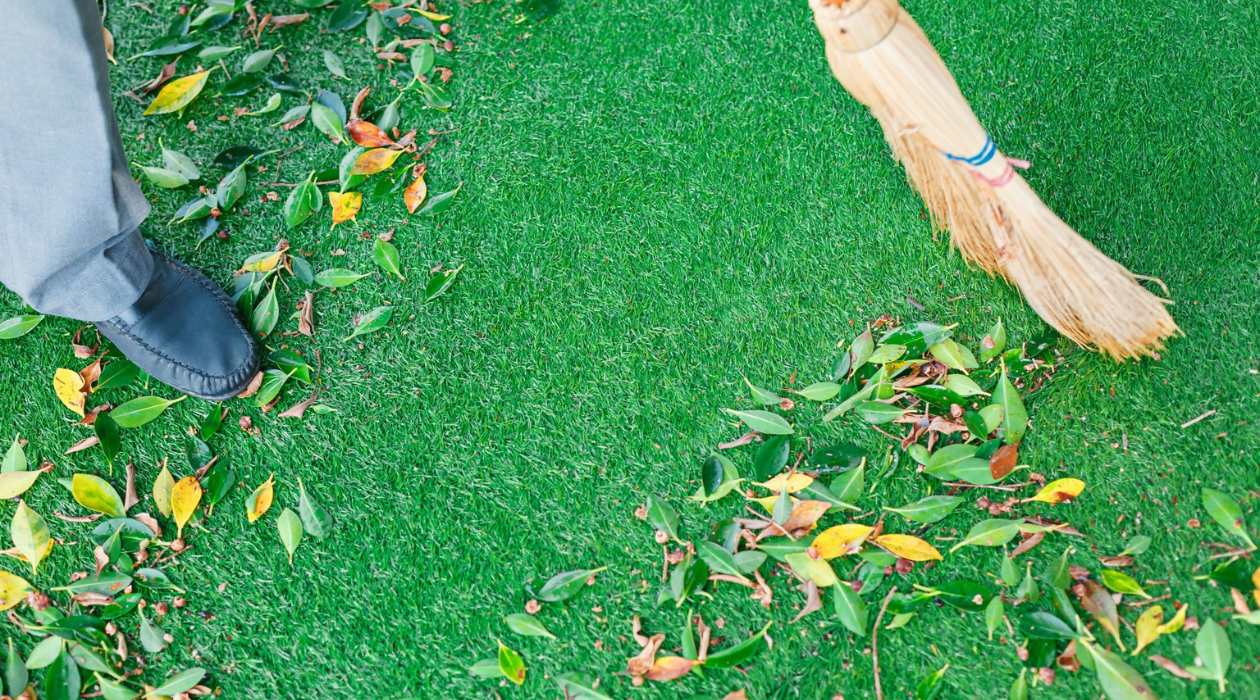
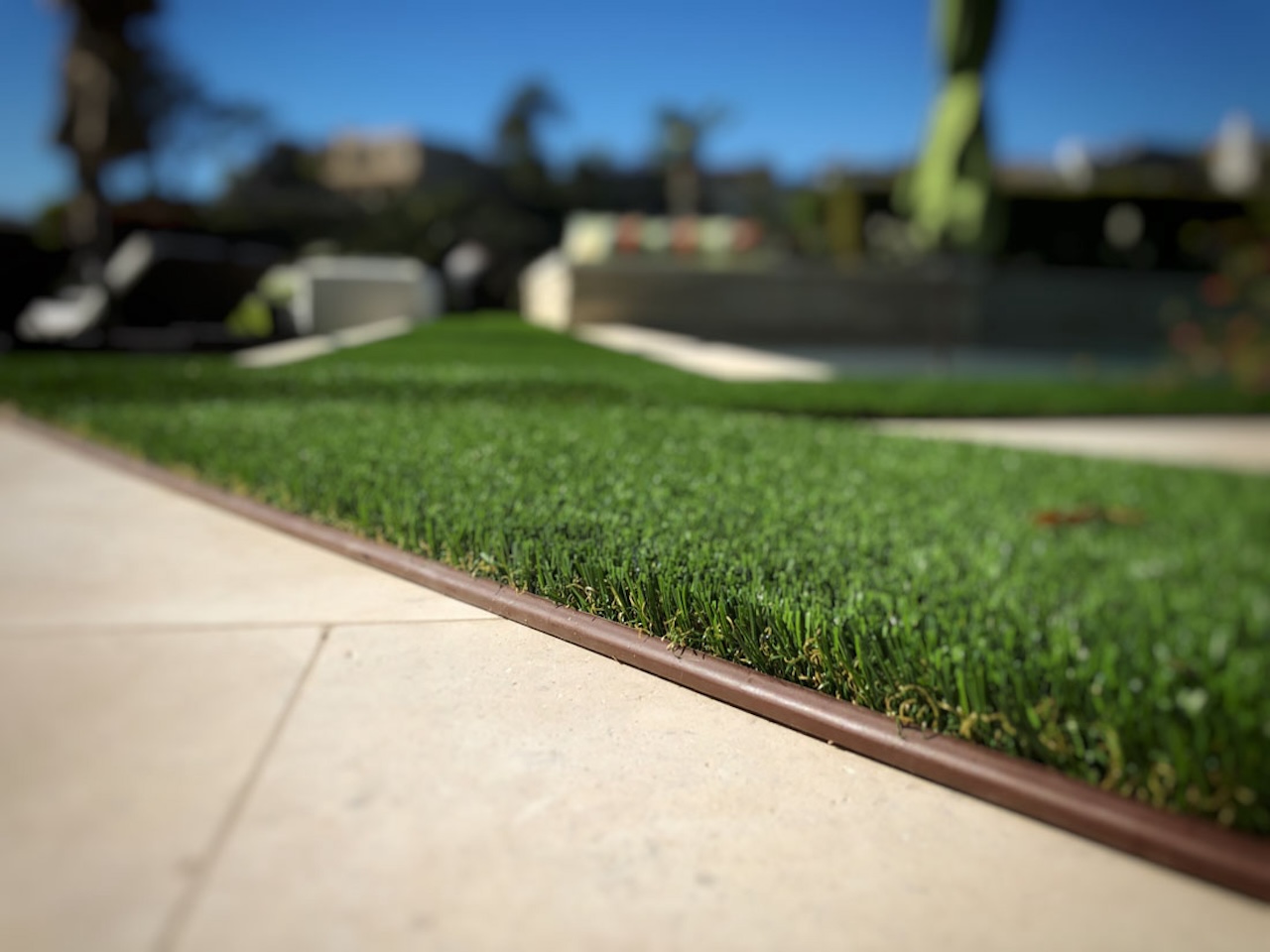
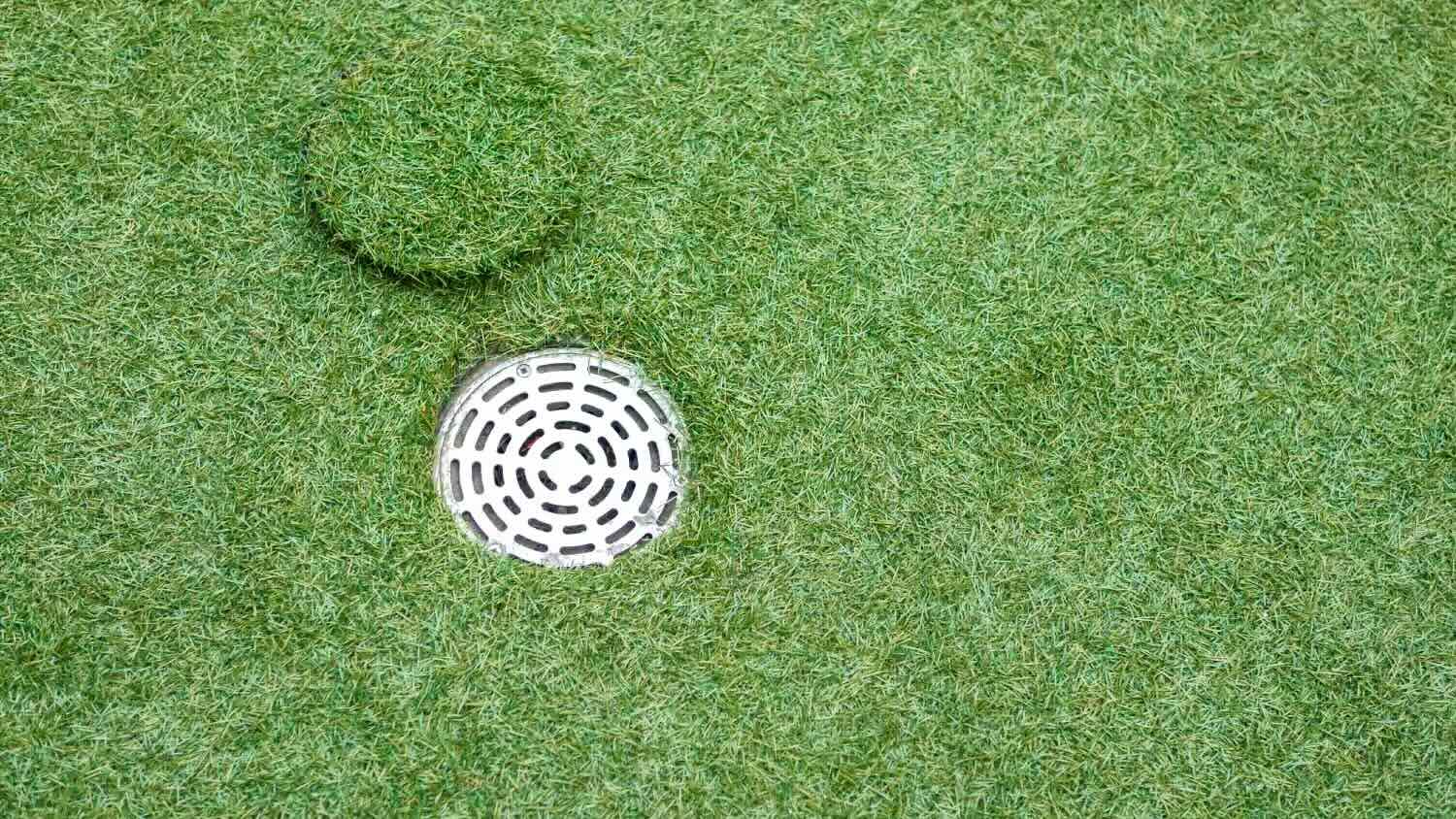
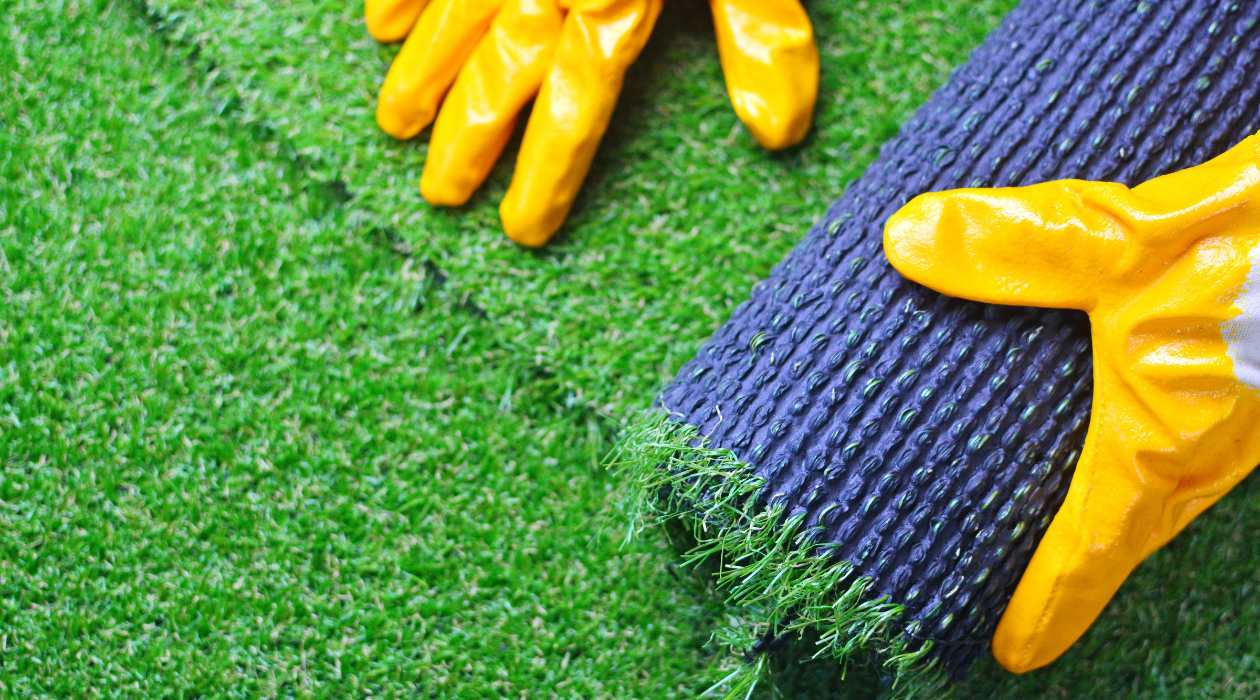
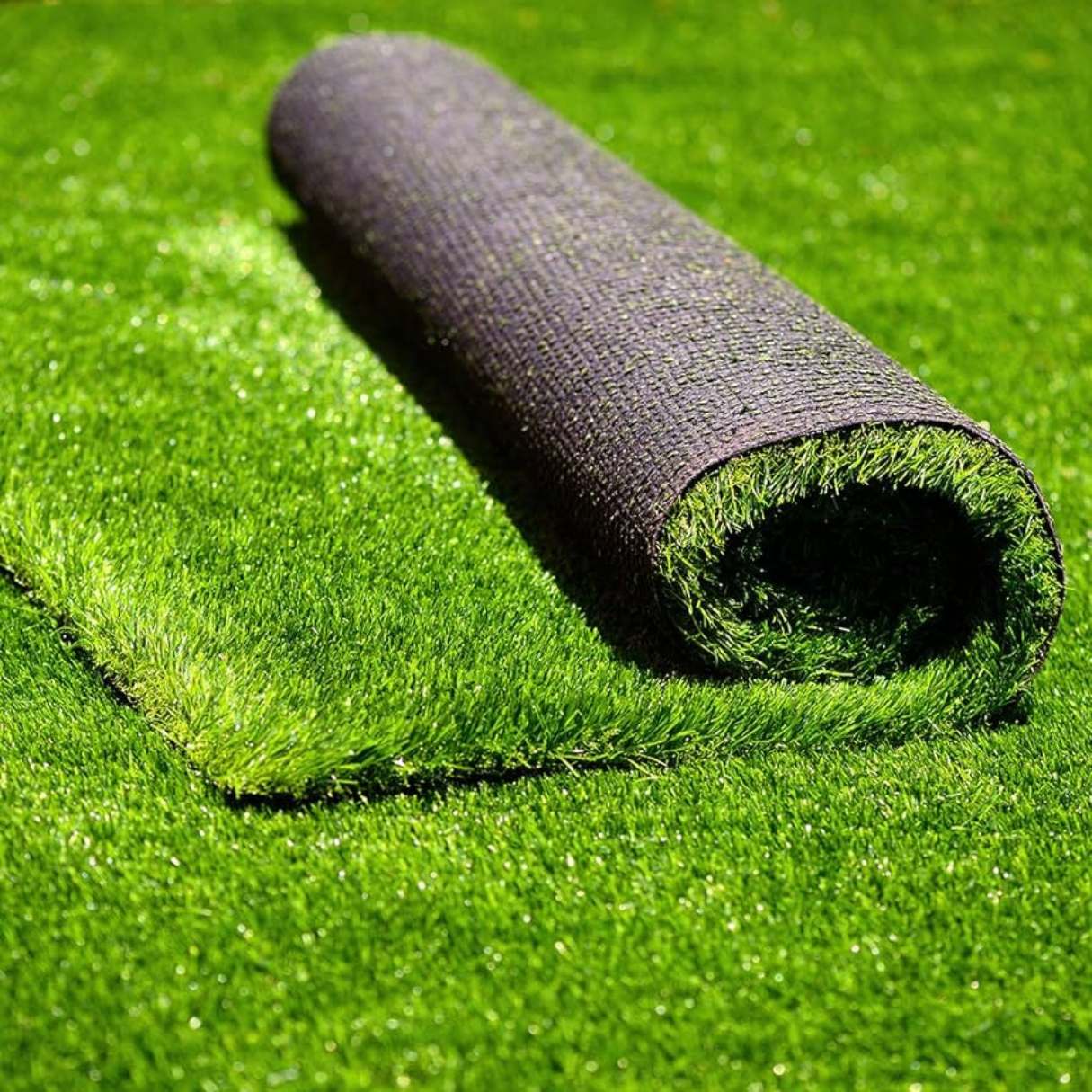
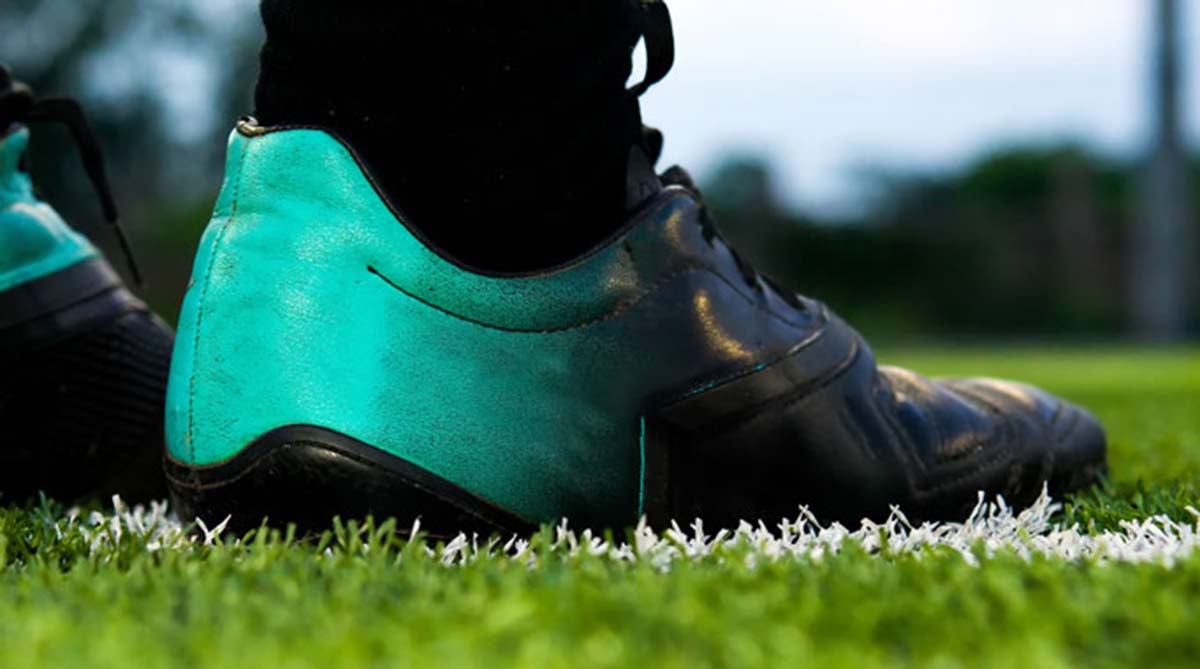
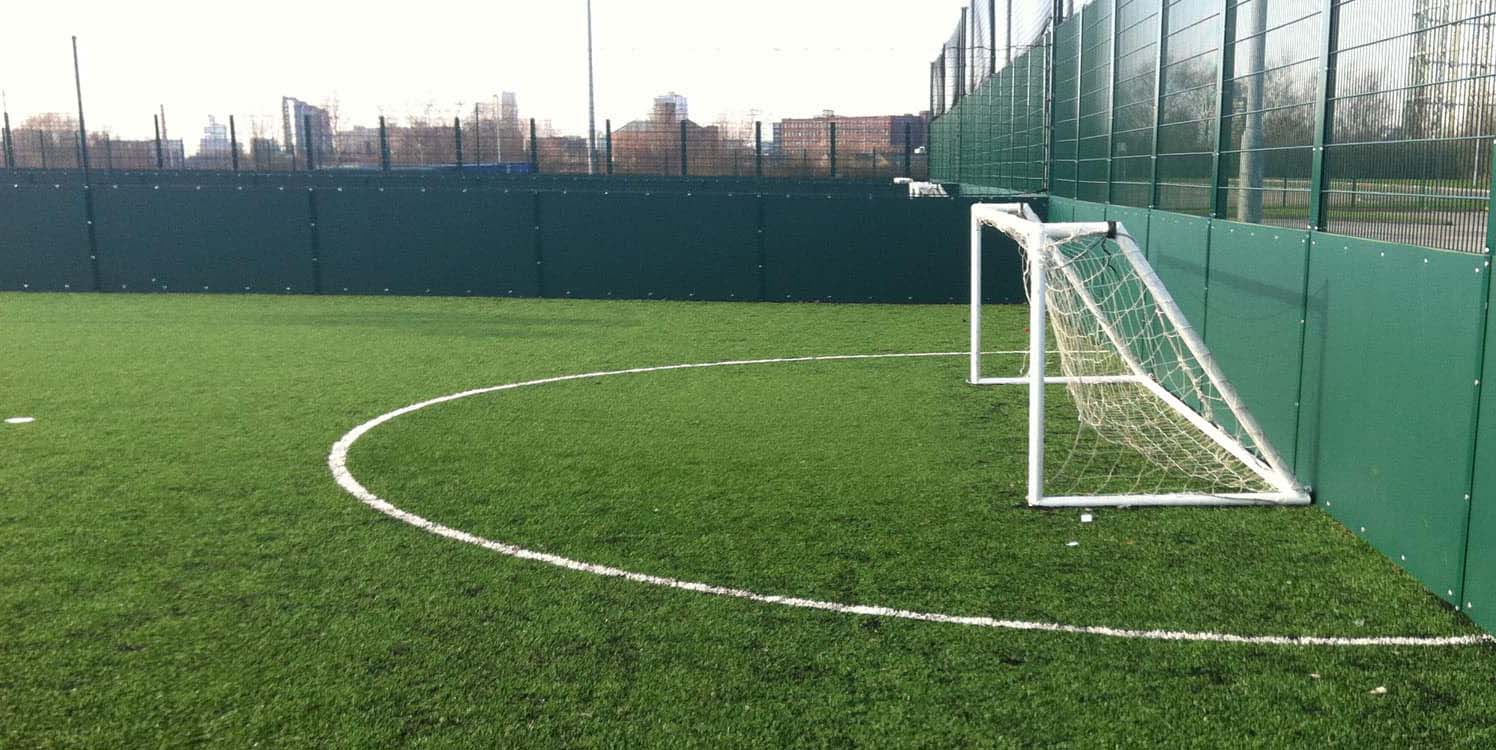
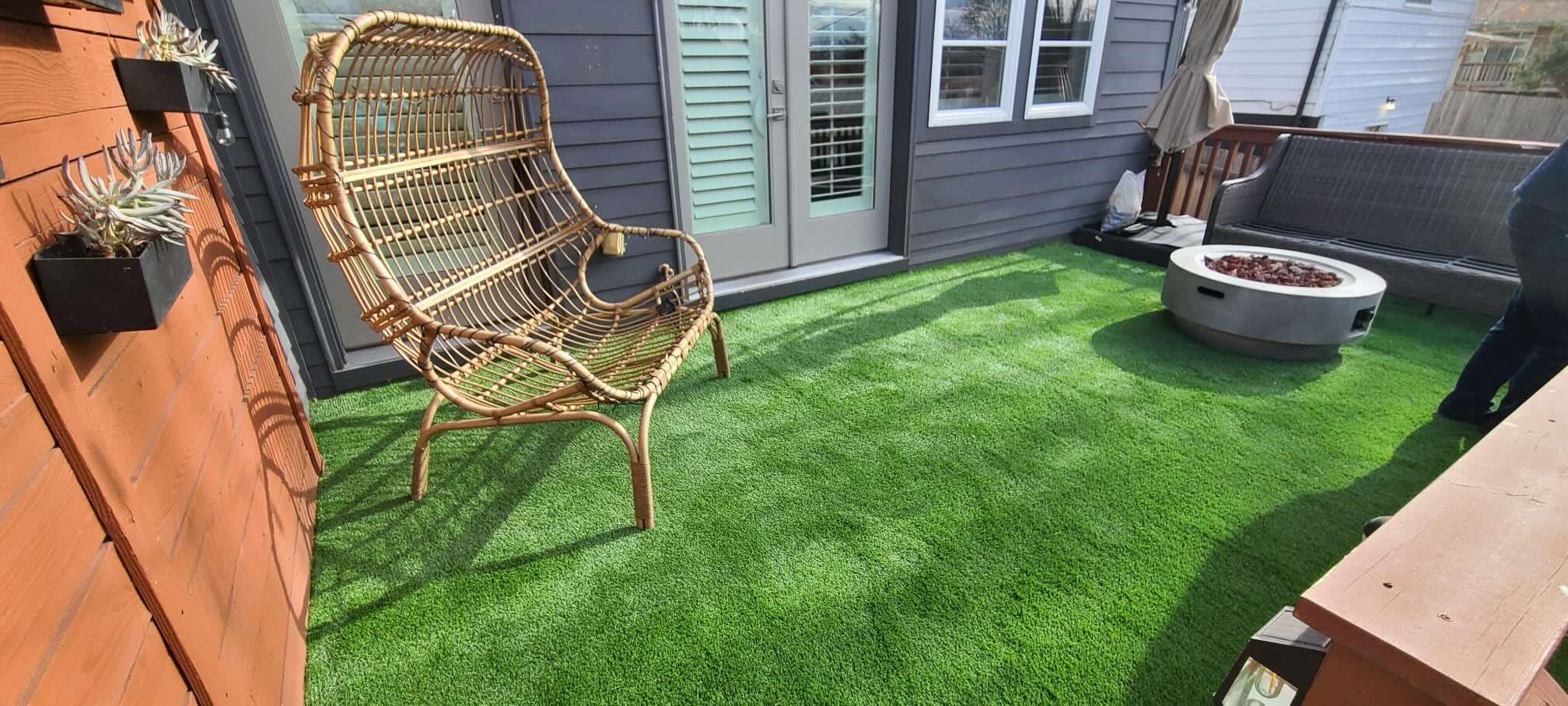
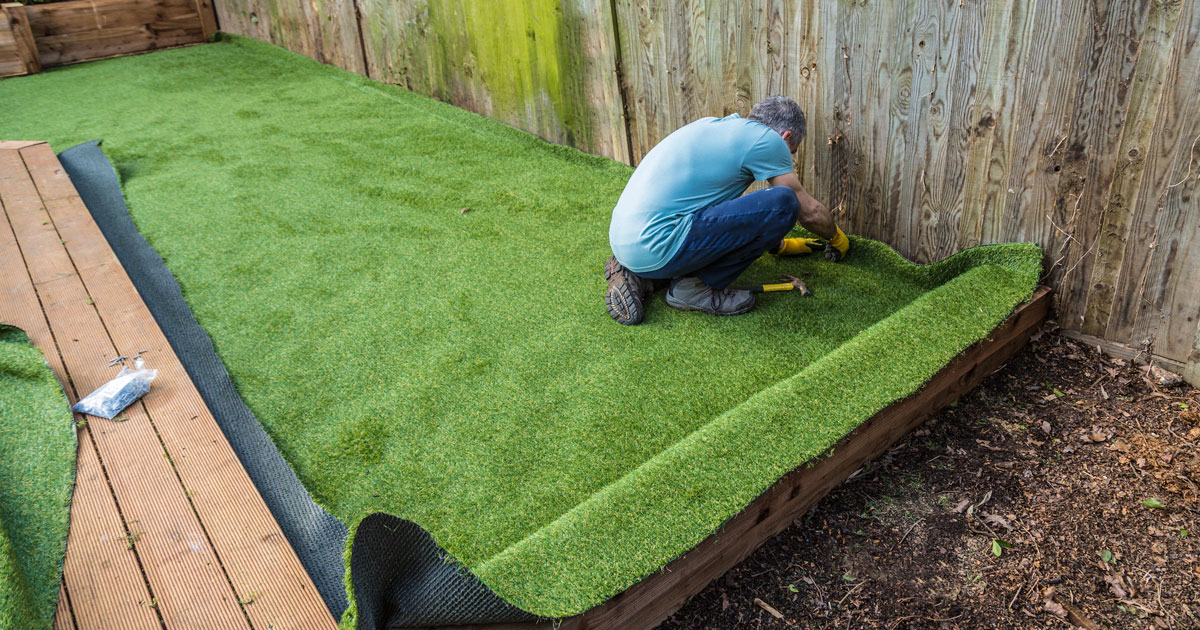

0 thoughts on “How To Care For Astro Turf”